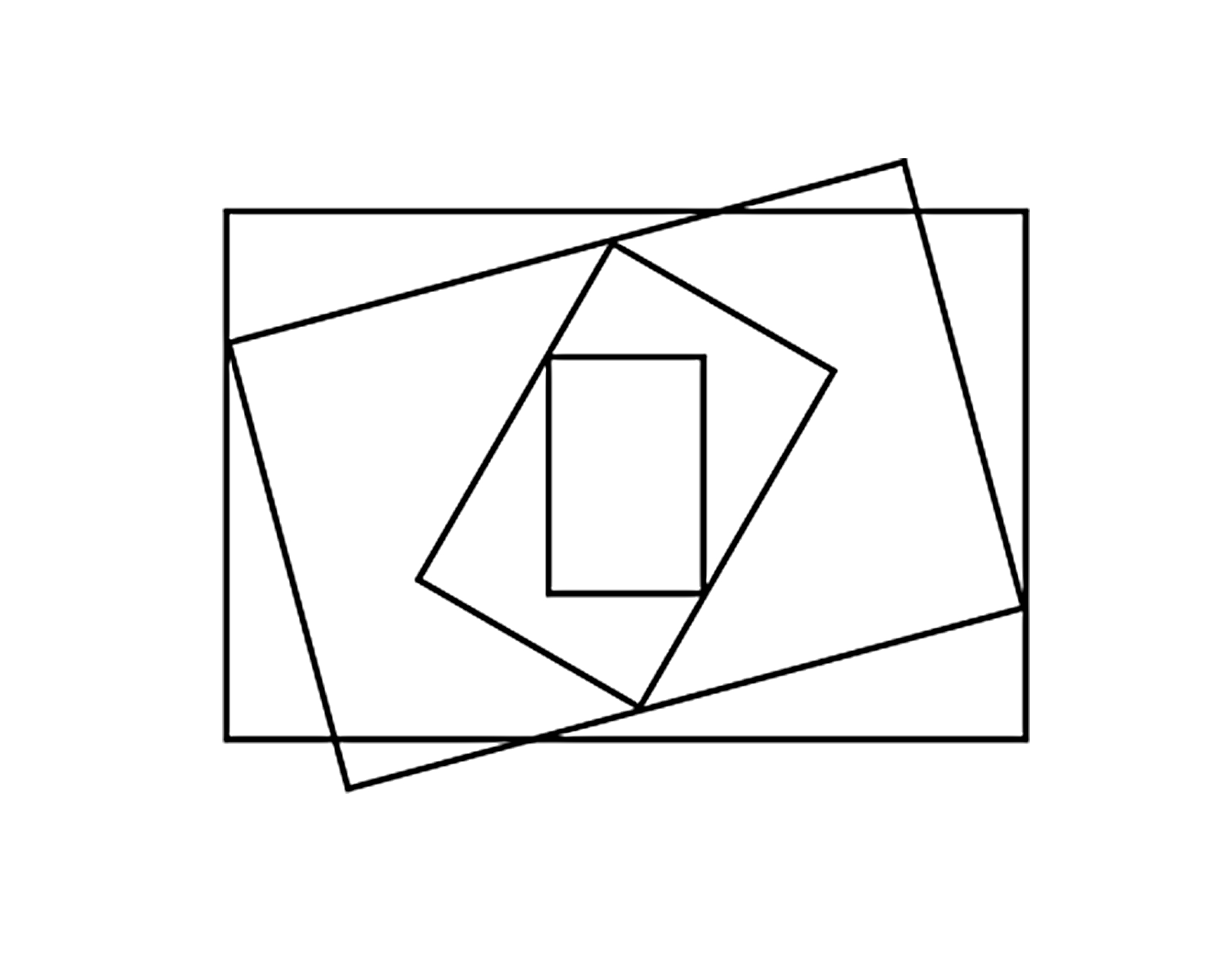
Apollonio Facchinetti, known as Domenichini (Master of the Langmatt Foundation)
(June 28, 1715 – September 26, 1757)
View across the Piazzetta towards the Campanile
Oil on canvas. Relined.
73.8 x 112 cm / 29 x 44 in
Accompanied by a detailed expert report by Dario Succi, Gorizia, who unequivocally attributes the painting to Apollonio Facchinetti and dates it to the late 1740s.: „Con questa splendida veduta, caratterizzata da una accurata definizione del tessuto architettonico sotto un cielo animato da nuvole trascoloranti, Apollonio Domenichini dimostra di essere un artista capace…“
Beneath a radiant blue sky adorned with a nuanced cloud formation that heightens the intensity of the azure backdrop, the viewer’s gaze glides across the Piazzetta towards the Torre dell’Orologio. To the left stand the Libreria, the Campanile, and the Loggetta by Jacopo Sansovino; to the right, the Basilica di San Marco and the Procuratie Vecchie complete the architectural ensemble.
For a long time, only limited information was available about the Venetian painter Apollonio Facchinetti, also known by the name Domenichini. A significant group of his vedute—views of Venice—is held today in the collection of the Langmatt Foundation (Switzerland), and was the subject of an exhibition in 1994 accompanied by a catalogue authored by Gertrude Borghero. It was not until 1994 that Dario Succi conclusively identified Facchinetti as the previously anonymous “Master of the Langmatt Foundation.”
The name Domenichini appears in the 1757 records of the Venetian painters' guild, Fraglia, confirming his status as an independent artist. Art historian Lino Moretti determined his year of birth as 1715. A document from 1702 further confirms that his family name was in fact Facchinetti, and names his father—also a painter—using both surnames. His brothers Pietro Antonio (1699–1743) and Iseppo (1717–after 1761) were also active as artists.
Facchinetti is believed to have trained under Luca Carlevarijs (1663–1730), one of the early masters of the Venetian veduta. Around 1740, he began working independently. Architectural details in his cityscapes suggest that the majority of his œuvre can be stylistically dated to the 1740s. His only securely dated painting is a view of Rome from 1746.
His works were highly regarded among his contemporaries and widely collected. Notably, several were acquired through the art dealer Giovanni Maria Sasso by John Strange, Esq. (1732–1799), British diplomat and collector. Strange’s collection, which included 436 paintings, was auctioned at the European Museum in King Street, London, on 27 May 1799. Given that Facchinetti’s works were frequently misattributed to Canaletto, it is plausible that some of his paintings were listed under that name in the auction. For example, Lot 182 was described as “St. Mark’s place at Venice, Canaletti”, although Domenichino is explicitly named as the artist for Lot 202.
Facchinetti exerted a notable influence on several younger vedutisti, including Michele Marieschi (1710–1743), Francesco Albotto (1721–1757), and Francesco Tironi (1745–1797), all of whom shared his keen interest in topographical precision and atmospheric composition.
Provenance
Tomasso Brothers, Leeds
Munich art trade
Private collection, Monaco
Parisian art trade
_______________________
Apollonio Facchinetti, gen. Domenichini
(Meister der Stiftung Langmatt)
(28. Juni 1715 – 26. September 1757)
Blick über die Piazetta auf den Campanile
Öl auf Leinwand. Doubliert.
73,8 x 112 cm / 29 x 44 in
Beigegeben eine ausführliche Expertise von Dario Succi, Gorzia, der das Gemälde eindeutig Apollonio Facchinetti zuordnet und in das Ende der 1740er Jahre datiert: „Con questa splendida veduta, caratterizzata da una accurata definizione del tessuto architettonico sotto un cielo animato da nuvole trascoloranti, Apollonio Domenichini dimostra di essere un artista capace…“
Unter strahlend blauem Himmel mit einer Wolkenstaffage, welche das intensive Blau des Himmels als Kontrastmittel betont, gleitet der Blick des Betrachters hinweg über die Piazetta hin zum Torre dell’Orologio. Zur Linken die Libreria, dann der Campanile und die Logetta des Jacopo Sansovino; die Procuaratie Vecchie und rechts die Basilica di San Marco.
Lange Zeit lagen nur wenige Informationen über den venezianischen Maler Apollonio Facchinetti vor, der auch unter dem Namen Domenichini bekannt war. Besonders bekannt ist eine Werkgruppe mit venezianischen Stadtansichten, die sich in der Sammlung der Stiftung Langmatt (Schweiz) befindet und 1994 im Rahmen einer Ausstellung mit einem Katalog von Gertrude Borghero präsentiert wurde. Erst 1994 wurde durch Dario Succi nachgewiesen, dass Facchinetti mit dem bislang anonymen „Meister der Langmatt-Stiftung“ identisch ist. Der Name Domenichini taucht im Jahr 1757 in den Registern der venezianischen Malergilde Fraglia auf, was seine zeitgenössische Anerkennung als selbstständiger Künstler belegt. Der Kunsthistoriker Lino Moretti konnte das Geburtsjahr Facchinettis mit 1715 ermitteln. Ein Dokument von 1702 belegt zudem, dass der eigentliche Familienname Facchinetti lautet; darin wird sein Vater, ebenfalls Maler, mit beiden Namen geführt. Seine Brüder Pietro Antonio (1699 – 1743) und Iseppo (1717 – nach 1761) waren ebenfalls als Künstler tätig.
Vermutlich erhielt Facchinetti seine künstlerische Ausbildung bei Luca Carlevarijs (1663–1730), einem bedeutenden Vedutenmaler. Um 1740 machte er sich selbstständig. Architektonische Details in seinen Stadtansichten ermöglichen eine stilistische Datierung eines Großteils seines Œuvres auf die 1740er Jahre. Das einzige heute eindeutig datierbare Werk ist eine Vedute Roms aus dem Jahr 1746. Seine Werke wurden unter Zeitgenossen sehr geschätzt und gehandelt, sodass seine Werke auch später noch von dem englischen Diplomaten und Sammler John Strange Esq. (1732 - 1799) bei dem Kunsthändler Giovanni Maria Sasso erworben wurden- dessen Sammlung wurde am 27. Mai 1799 im European Museum in der King Street in London versteigert. Da nicht selten Facchinettis Werke Canaletto zugeschrieben wurden, ist es möglich, dass auch in der Nachlassauktion seine Gemälde als Canaletto gehandelt wurden. Unter Lot 182 wurde zum Beispiel angeboten: „St. Mark’s place at Venice, Canaletti“ wenngleich auch Domenichino als Urheber etwa von Lot 202 genannt wird.
Facchinetti beeinflusste zahlreiche jüngere Vedutenmaler, darunter Michele Marieschi (1710–1743), Francesco Albotto (1721–1757) und Francesco Tironi (1745–1797), die sein Interesse für topografische Genauigkeit und atmosphärische Wirkung teilten.
Provenienz
Tomasso Brothers, Leeds
Münchener Kunsthandel
Privatsammlung Monaco
Pariser Kunsthandel

